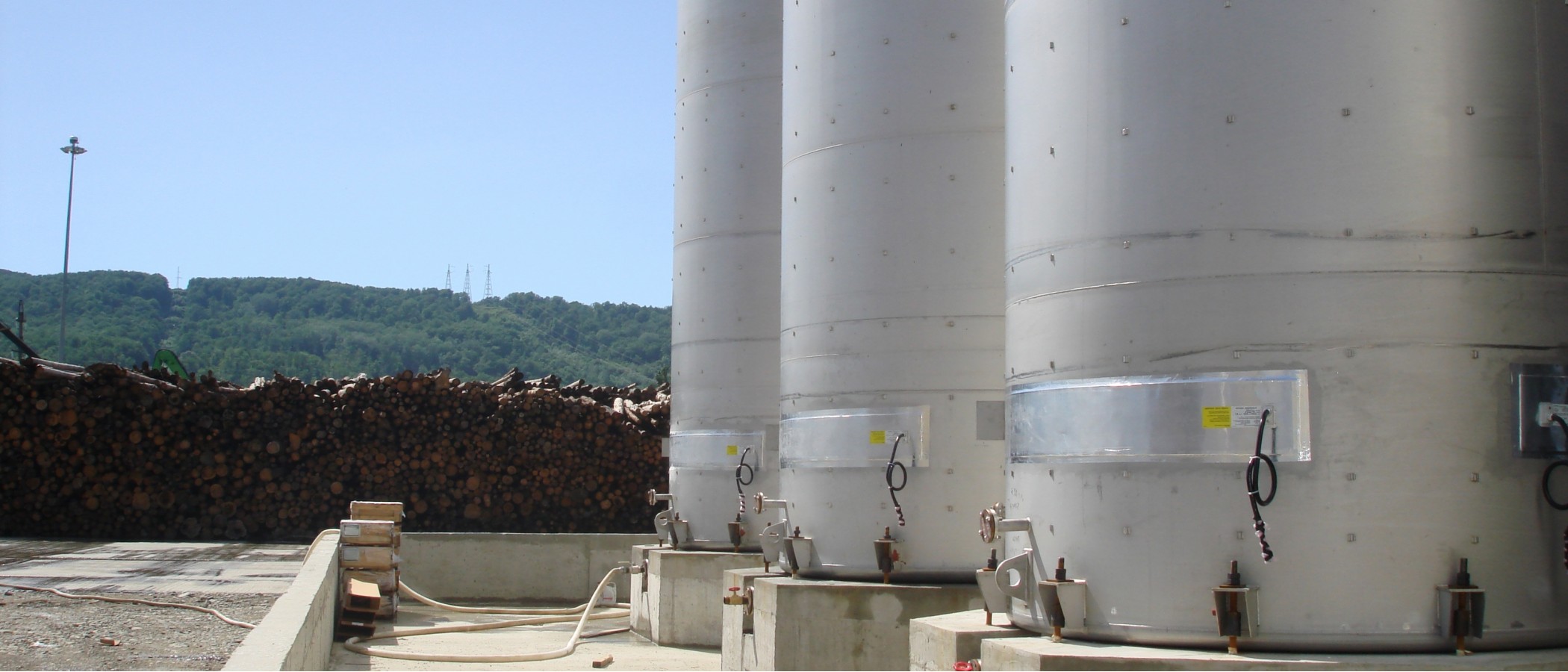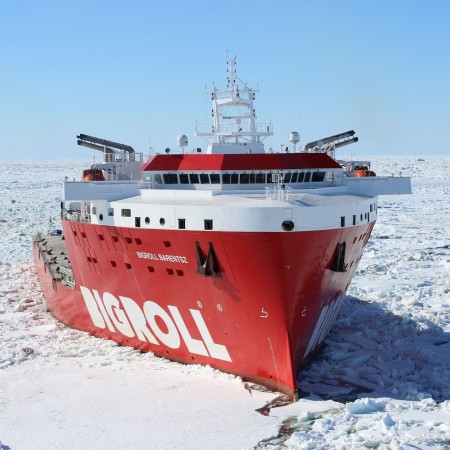
The catalog of COLORTERM presents all the materials of COLORTERM, with which LLC "COLORTERM" works.
LLC "COLORTERM" can guarantee you quality and long service life.

ANTI-ICING SYSTEMS OF SEA VESSELS, MOSP, SMES
In a cold marine climate, the formation of ice on ships and offshore platforms can create serious problems affecting the safety of personnel and the operation of equipment. Hair loss can be caused by sea spray and precipitation.
De -icing systems were divided into two categories:
- Equipment or areas needed for navigation, steering, engines, anchors and rescue;
- Equipment or areas needed for navigation, steering, engines, anchors and rescue;
Anti-icing for category 1 (Anti Icing) is defined as the prevention of ice formation, in order to keep equipment or areas free of ice at all stages of maintenance under moderate conditions (-5 0C ... -20 0C).
De-icing for category 2 (Di Icing) is defined as preventing the formation of already formed ice. For such zones or equipment, de-icing measures are necessary to accumulate ice for a reasonable period of time (usually 4-6 hours) under moderate conditions (-5 0 S ... -20 0 S).
Recommended capacities for anti-icing under moderate conditions (-5 0C ... -20 0C) should be at least:
- 300 W/m2 in open areas of the deck, helicopter deck, passageways, stairs;
- 200 W/m2 for add-ons
- 50 W/m2 for railings with internal heating
In conditions with lower ambient temperatures and at a higher wind speed, heat loss increases, as a result, more power is required.
Certificates / Permissions
Gosgortehnadzor of Russia for use in explosive zones.
Certificate of the Russian Maritime Register of Shipping.
Meets the requirements of the TR CU.
